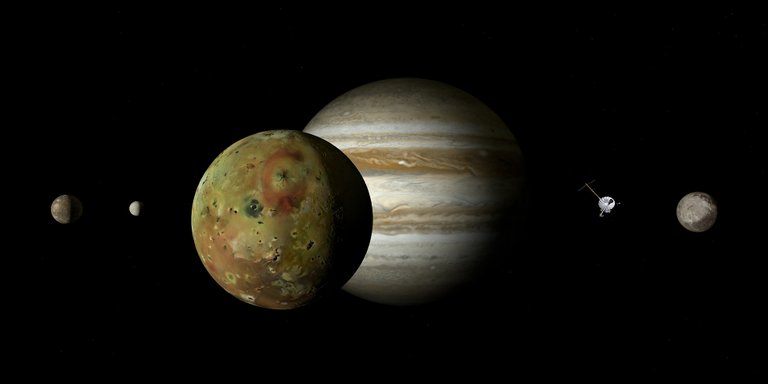The Densest Object On Earth – Made By Lasers
What happens when you take a piece of copper thinner than a human hair and then put it under pressure? Thirty million atmospheres worth of pressures.

Image by Reimund Bertrams from Pixabay
- Be also sure to check out my other posts and follow me @kralizec and subscribe to my Youtube channel at Kralizec Gaming Youtube Channel
Pressures Like At The Core Of Gas Giants
There are places in space where truly extreme pressures exist. But normally you find them in unpleasant locations like the centers of planets where we do not usually visit. That is why the realm of extreme pressures is still pretty mysterious to us. So, how do common materials look in those conditions?
If we want to know then we need truly extreme devices. Such as the National Ignition Facility (NIF) at the Lawrence Livermore National Laboratory (LLNL). Recently, the scientists there took tiny pieces of copper thinner than a human hair and then put them under all the pressure they had available.
This ended with Dayne Fratanduono from LLNL and his colleagues pressed the copper under an unimaginable thirty million atmospheres. For just an inconceivable amount of time – just a billionth of a second. This extreme treatment made the density of the copper three times as much. And for a moment the copper became the densest object on the planet.
Energy Is Mass – So Pump It Into A Single Point
Fratanduono says that similar technological magic wasn't even possible just a short time ago. Experimental physicists can now create conditions that are comparable to the conditions in the core of Saturn or Jupiter and study them. But something like that requires you to get extreme amounts of energy into an extremely small space. This is what they can do at NIF where they have the largest and most powerful laser system in the world.
Interestingly, the problem isn't even in creating such density but in measuring it properly. That is extremely hard. NIF is one of just a few places in the world capable of that. To observe how the extreme pressure changes the properties of the cooper they observed the crystalline structure with a series of x-rays. They found that the crystalline structure essentially didn't change under the extreme pressure of thirty million atmospheres.
The results of the experiments show that it is possible to successfully predict the behavior of copper in extreme conditions. And likely that is true for the other noble metals. Everything seems to indicate that if copper, gold, silver, iridium, or platinum happened to find themselves in the core of Saturn their crystalline structure will be the same as here on Earth's surface.
Sources:
- If you like the content I’m producing about science maybe you will like the content I produce about gaming as well! Be sure to check out my other posts!